

The brothers Mario clash on the racetrack. As their karts grind together, the combined mach speed threatens to tear the lip warmers from their very faces. The scene seethes with venom - never has Nintendo dredged up such ferocious rivalry. As an opening FMV? It’s a killer. As an indicator of the day at the races to follow? They’re being a little liberal with the truth.
Entering our first race - Luigi’s Circuit in Mario’s 50cc banger - the ‘stache-flapping wonderment of the intro is dispelled instantly. It’s a dull loop - roughly shaped like Patrick Stewart’s head - far too wide; a sea of tarmac that denies you anything close to a satisfying racing line. It makes the bloated tracks of Double Dash look super-skinny. It’s hardly the best opener.
Then you hit the accelerator aaaand… not a lot happens. Yes, the 50cc Grand Prix has never been the speediest of events, but this feels wind-up car slow. A piddling trickle of movement, it’s particularly jarring if you’ve recently played Mario Kart DS. Why the wimpy pace? It’s likely due to the wheel peripheral - speed and new controls are going to take the precious ‘expanded audience’ time to grasp.
While it’s hard to write passionately about a plastic wheel, the control it offers, although alien at first, is soon warmed to. Smooth to the touch, it’s certainly a nicer ‘thing’ than the sandpaper-rough Ubisoft wheel. Also, with its special IR sensor porthole, you don’t have to remove the remote to navigate menus - the first shell to let you do so. But as a tool for Mario Kart it has its flaws. The remote sits too high in the wheel, adding a weird weight to the floaty steering. Shaking for a trick is easy, but the light flicks of a shell-less remote are swifter, and the only right way to do a bike wheelie. It’s not long before you’re translating the minimal analogue tweaks that got you through Mario Karts of yore to the wheel, though seasoned Kart-heads will probably stick with the tried-and-tested analogue stick, especially for the bikes.
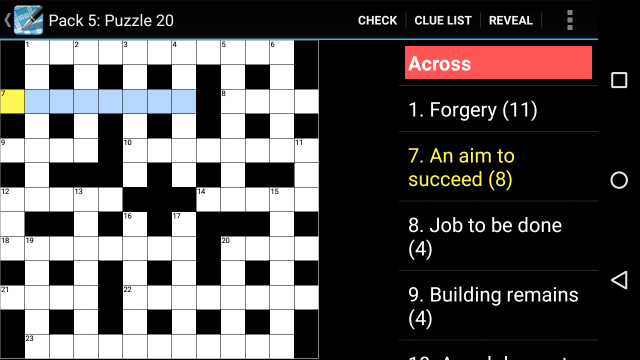
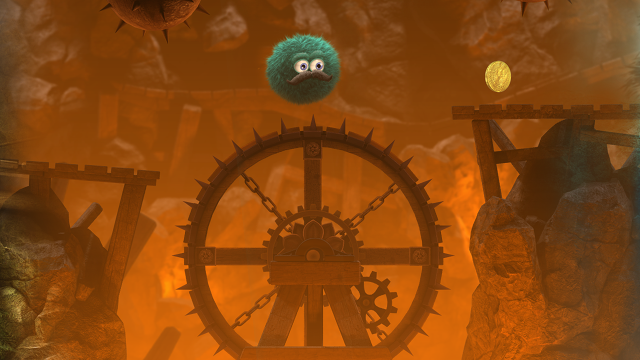
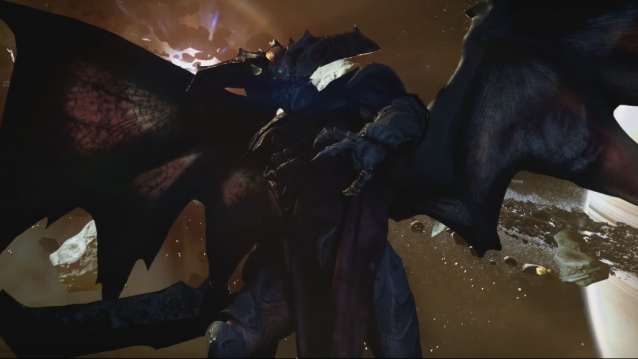

 FIFA 16 Wiki – Everything you need to know about the game .
FIFA 16 Wiki – Everything you need to know about the game . Bloodborne Guide: How To Create Chalice Dungeon, Use Makeshift Altar and Do Co-op
Bloodborne Guide: How To Create Chalice Dungeon, Use Makeshift Altar and Do Co-op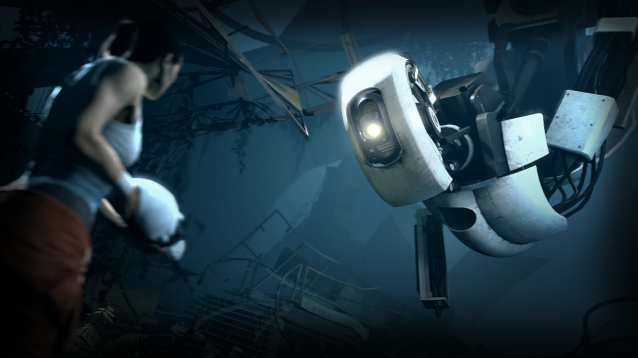 The Best Characters in Video Games (A Poem)
The Best Characters in Video Games (A Poem)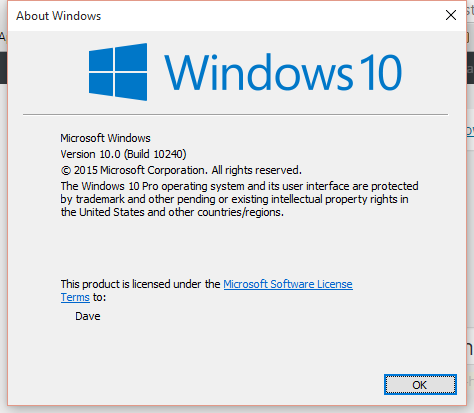 How to Find Out Which Version of Windows 10 You Have
How to Find Out Which Version of Windows 10 You Have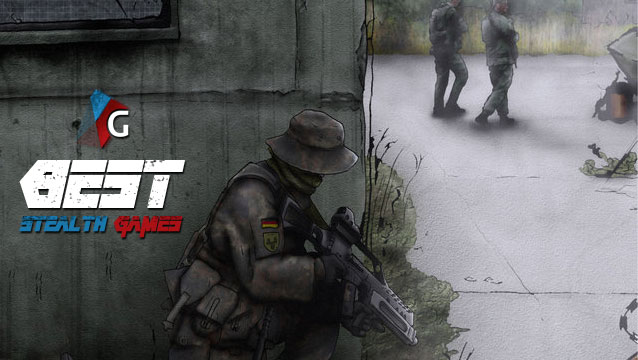 Top 20 Best Stealth Games of All Time
Top 20 Best Stealth Games of All Time